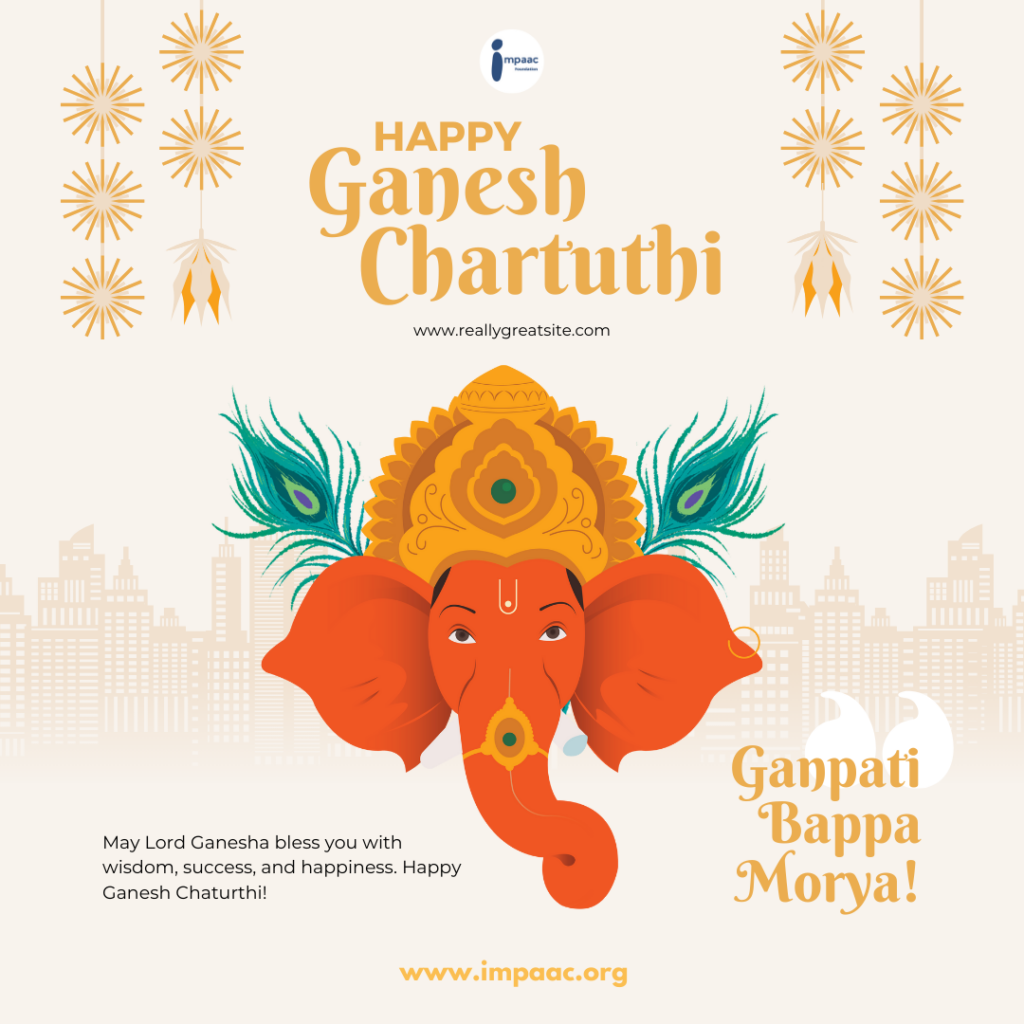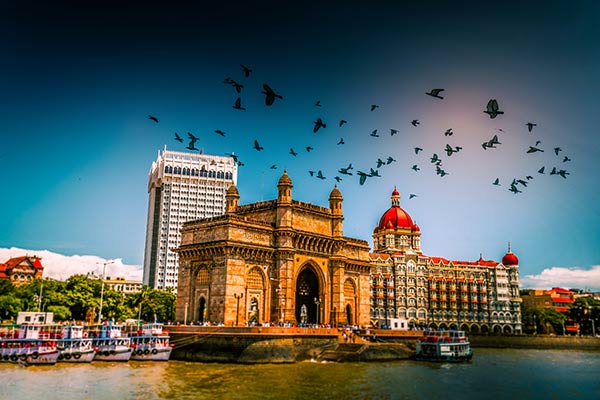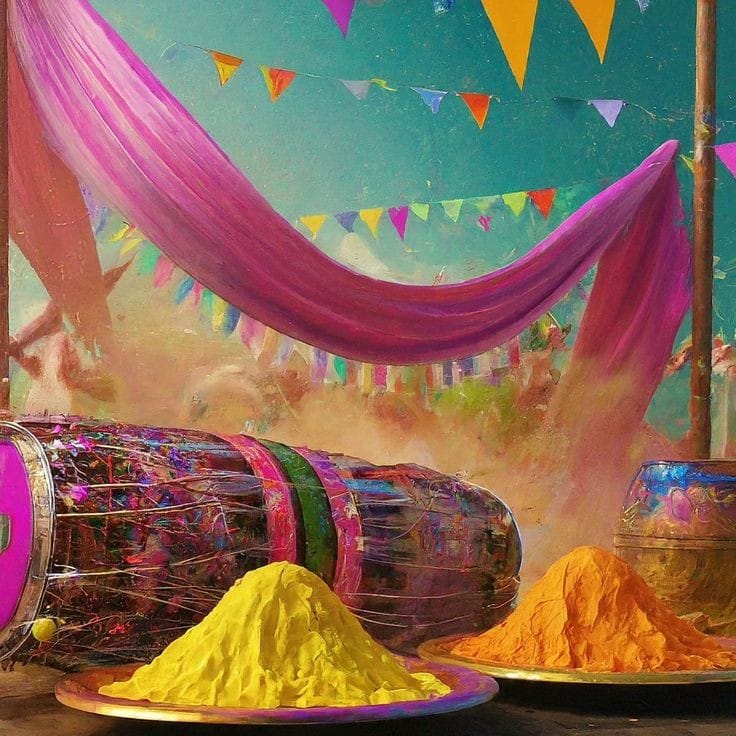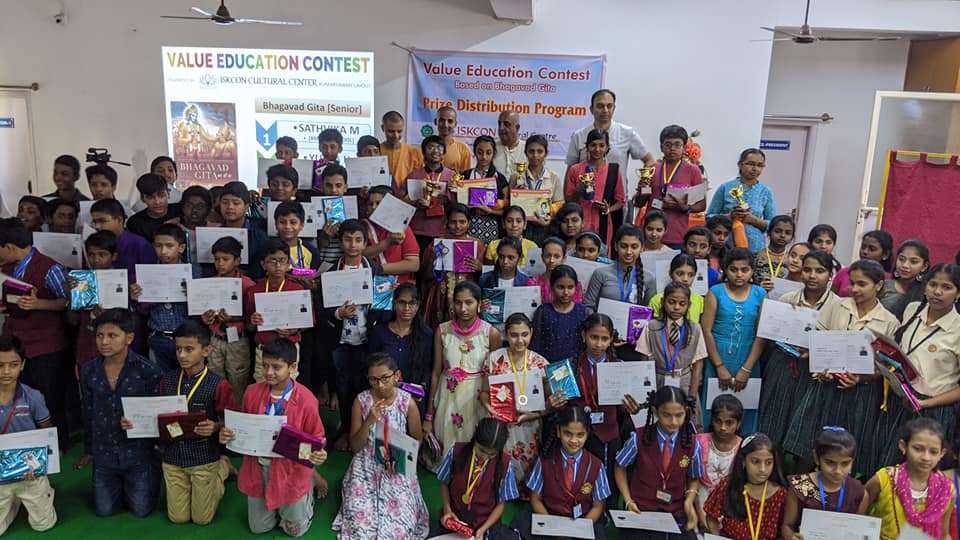Ganpati Festival, also known as Ganesh Chaturthi or Vinayaka Chaturthi, is one of India’s most beloved and widely celebrated festivals. It marks the birth of Lord Ganesha, the elephant-headed god of wisdom, prosperity, and good fortune. This vibrant festival is observed with great enthusiasm and devotion across the country, with each region adding its unique flavor to the celebrations. In this blog post, we’ll explore the significance, traditions, and the sheer joy of Ganpati Festival.
1.The Significance of Ganpati Festival:
Ganesh Chaturthi holds immense cultural and religious significance in India. Lord Ganesha is revered as the remover of obstacles and the god of beginnings. Devotees believe that worshipping Lord Ganesha during this festival brings blessings, success, and prosperity to their lives. The festival also symbolizes the importance of unity and community bonding.
2.The Preparations:
The preparations for Ganpati Festival begin weeks in advance. People clean and decorate their homes, shops, and public spaces. Elaborate clay idols of Lord Ganesha, often in various sizes, are crafted by skilled artisans. These idols can range from a few inches to several feet in height.
3.The Grand Arrival:
On the day of Ganesh Chaturthi, devotees welcome Lord Ganesha into their homes and communities with great pomp and show. The idol is brought home or to a communal pandal (temporary structure) accompanied by drum beats, singing, and dancing. This grand arrival is a spectacle in itself, and it’s a time of joy and excitement for everyone.
4.The Devotional Rituals:
Once the idol is installed in its designated spot, the festival kicks off with various rituals and prayers. Devotees offer flowers, sweets, and coconuts to Lord Ganesha. Daily aartis (prayer ceremonies) are performed, and bhajans (devotional songs) fill the air. The atmosphere is charged with spirituality.
5. Eco-Friendly Celebrations:
In recent years, there has been a growing awareness of the environmental impact of the festival. Many people have shifted to eco-friendly idols made from clay and natural colors to reduce pollution in rivers and lakes caused by immersion. This eco-conscious approach is a positive step towards sustainable celebrations.
6. Visarjan (Immersion):
The culmination of the festival is the immersion of the Ganesh idols in a water body, typically a river, lake, or the sea. This process, known as “Visarjan,” is a poignant moment where devotees bid farewell to Lord Ganesha with a promise to welcome him again the following year. The visarjan procession is accompanied by music, dance, and a sense of unity among the community.
7. Cultural Extravaganza:
Ganpati Festival is not just about religious rituals; it’s also a cultural extravaganza. Many places organize cultural events, including dance performances, music concerts, and art exhibitions, adding to the festive spirit.
8. Modaks: Lord Ganesha’s Favorite Delight:
Modak, a sweet dumpling, occupies a special place in the heart of Lord Ganesha and is an integral part of Ganesh Chaturthi celebrations. These delectable treats are prepared with great love and devotion by devotees as an offering to their beloved deity.
– Modak Preparation:Modaks are made from rice flour or wheat flour dough, filled with a sweet mixture of jaggery, grated coconut, and cardamom powder. They are then steamed or fried to perfection.
– The Symbolism: Modaks are not just a culinary delight; they hold symbolic importance. The outer shell of the modak represents the material world, while the sweet filling symbolizes the inner essence of life and spirituality. Offering modaks to Lord Ganesha signifies the devotee’s desire to attain spiritual wisdom and inner sweetness.
– Modak Varieties: While the traditional steamed or fried modak remains a favorite, there are various creative variations available today, including chocolate modaks, dry fruit modaks, and even savory versions for those with a preference for salty snacks.
9. The Loyal Rat, Lord Ganesha’s Vehicle:
One of the unique aspects of Lord Ganesha’s iconography is his association with a rat or mouse, which serves as his vahana (vehicle). This symbolism has a fascinating significance in the context of Ganesh Chaturthi.
– The Rat’s Symbolism: The rat represents the mind and desires, which can be unruly and difficult to control. Lord Ganesha, by riding the rat, signifies his mastery over the mind and his ability to remove obstacles and guide his devotees on the path of righteousness.
– The Rat’s Role in Iconography: In many depictions, Lord Ganesha is shown sitting on a rat, holding a modak in one hand and blessing his devotees with the other. This imagery reinforces the idea that devotion and discipline can help control one’s desires and lead to spiritual growth.
10. Inclusivity and Unity:
Ganesh Chaturthi transcends barriers of caste, creed, and religion. People from all walks of life come together to celebrate, fostering a sense of unity and brotherhood.




